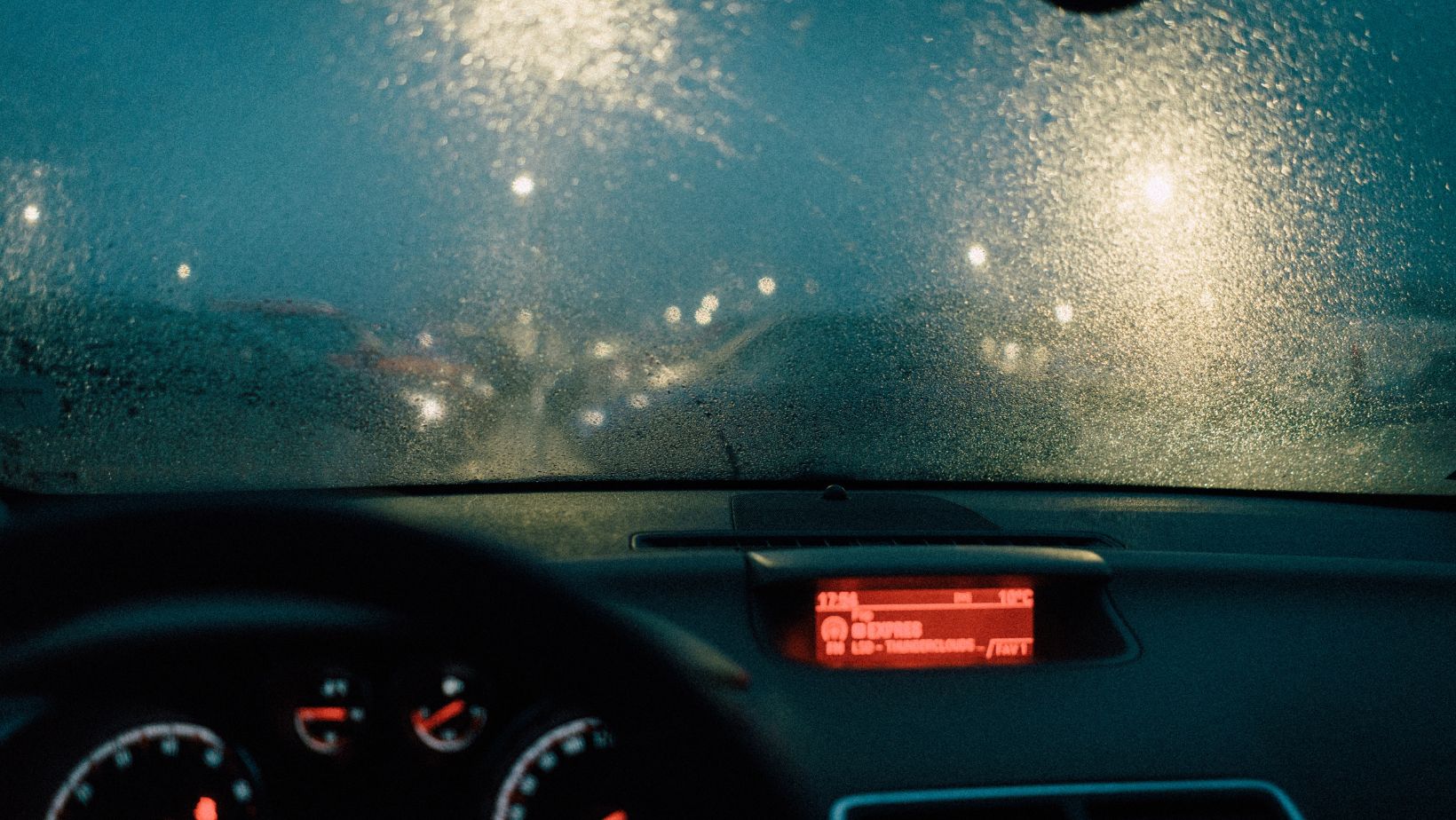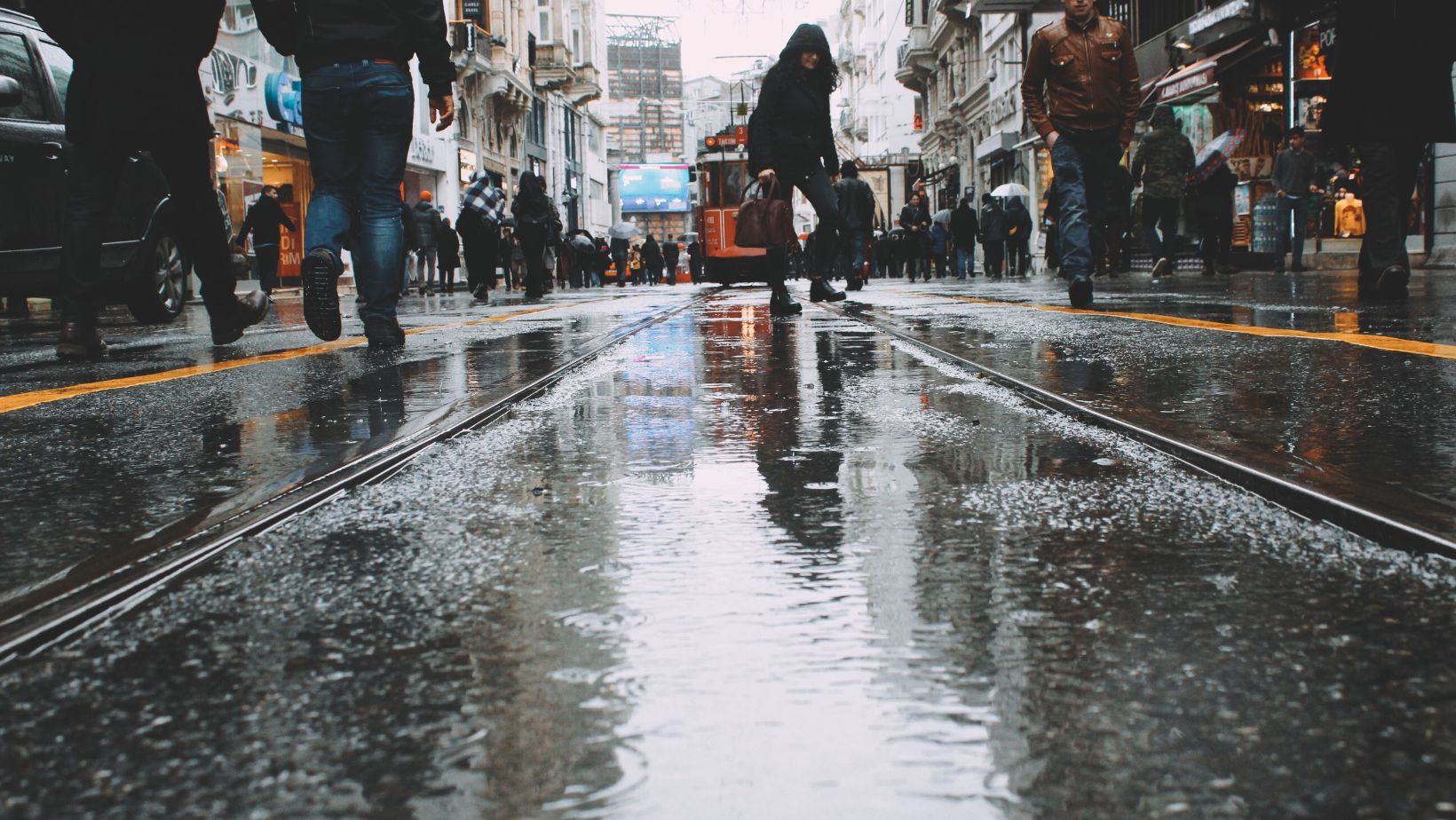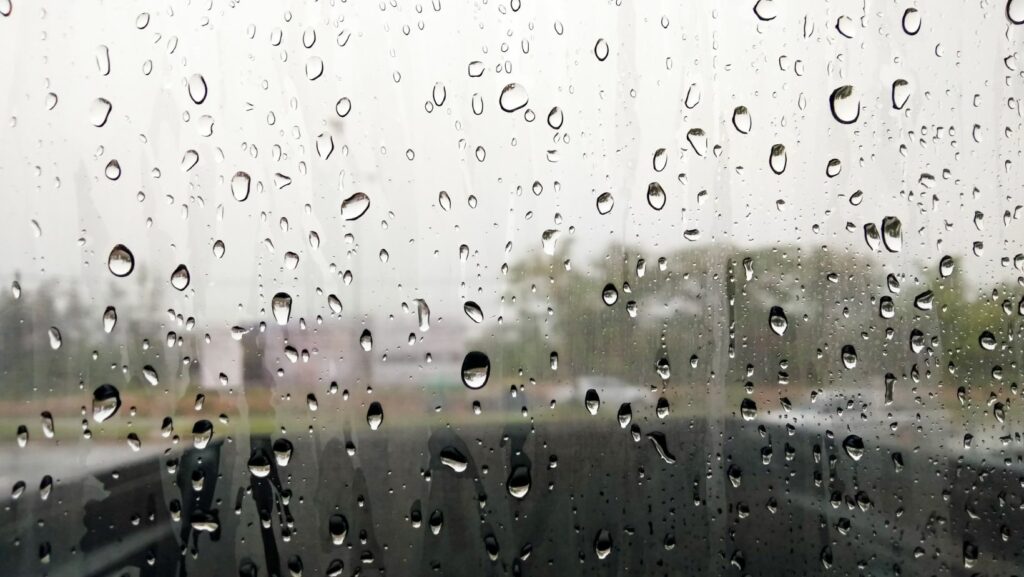Seattle’s rainy season creates unique challenges for pedestrians, increasing the risk of accidents on wet and slippery streets. Reduced visibility, slick surfaces, and impatient drivers all contribute to heightened dangers for those on foot. Navigating these conditions requires heightened awareness and precaution from pedestrians to avoid accidents and injuries.
From using reflective gear to carefully adhering to traffic signals, pedestrians can adopt practical measures to minimize risks. Drivers also share the responsibility of ensuring pedestrian safety during rainy weather, as reduced visibility and longer stopping distances make extra caution essential. In cases where accidents occur, consulting a Seattle pedestrian accident lawyer can provide vital support for victims seeking justice and fair compensation.
Visibility Challenges During Rainy Weather
Rain can significantly reduce visibility on the roads, making it challenging for drivers to see pedestrians. This issue worsens in low light and foggy conditions or with rain-smeared windshields, particularly during early mornings and evenings when pedestrian traffic peaks. As a result, pedestrians wearing dark or non-reflective clothing become especially hard to spot, increasing the risk of accidents.
To improve visibility in rainy weather, pedestrians should consider wearing bright or reflective clothing. Items such as reflective jackets or umbrellas featuring reflective elements greatly enhance visibility, especially in poorly lit areas. Additionally, clip-on reflectors can further ensure that pedestrians are seen.
Choosing well-lit paths and crossing at illuminated intersections proves crucial for safety. These simple yet effective actions help reduce risks and keep pedestrians safe when visibility is compromised. Taking these precautions contributes to safer streets for everyone.
The Importance of Using Crosswalks
Crosswalks play a vital role in pedestrian safety, especially during the rainy season when slippery roads and reduced stopping times for vehicles increase the risk of accidents. They provide a designated space where drivers are more alert to the presence of pedestrians, reducing the chances of unexpected encounters.
- Safer Navigation During Wet Weather: Crosswalks are designed to enhance visibility and predictability, offering a safer alternative to jaywalking, particularly in hazardous conditions like rain.
- Exercise Caution Before Crossing: Pedestrians should wait for vehicles to come to a complete stop before stepping onto the road. Wet pavement can increase stopping distances, making visual confirmation or acknowledgment from drivers essential.
- Promotes Safe Habits for All Road Users: Proper use of crosswalks minimizes risks and encourages both pedestrians and drivers to adopt safer behaviors, fostering a cooperative and secure road environment.
Avoiding Distractions While Walking
Distracted walking, such as texting, browsing on a phone, or wearing headphones, significantly increases the risk of accidents during rainy weather. Wet and uneven surfaces demand full attention, as slips and trips can occur more easily. Rain also dampens auditory awareness, making it harder to hear approaching vehicles or warning signals.
Pedestrians should keep their focus on their surroundings and avoid using devices that divert their attention. Removing headphones or lowering the volume of music ensures they can hear oncoming traffic or emergency alerts. Staying alert and aware of their environment allows pedestrians to navigate rainy conditions safely and avoid unnecessary accidents.
Proper Footwear for Wet Conditions
Wearing appropriate footwear during Seattle’s rainy season is essential for preventing slips and falls. Sidewalks, crosswalks, and even staircases become hazardous when wet, requiring shoes with adequate traction to maintain stability. Flat, non-slip soles are particularly important for maintaining balance on slick surfaces.
In addition to wearing suitable footwear, pedestrians should be mindful of stepping onto metal surfaces, such as manhole covers or storm grates, which become extremely slippery when wet. Walking at a steady pace, avoiding running, and being cautious on uneven surfaces help reduce the risk of accidents caused by poor footing.
Sharing Responsibility with Drivers
While pedestrians must take steps to ensure their safety, drivers play an equally important role in preventing accidents. During rainy weather, drivers should reduce speed, maintain greater following distances, and use headlights to improve visibility. Scanning intersections for pedestrians and yielding the right of way further promotes safety on the roads.
Drivers should also remain vigilant in high-foot-traffic areas, such as near schools, bus stops, and shopping districts. Avoiding sudden stops or aggressive maneuvers reduces the risk of skidding on wet roads. Pedestrian safety is a shared responsibility, and conscientious driving is essential for preventing accidents during Seattle’s rainy season.
Adjusting Walking Routes During Rainy Weather
Planning walking routes during Seattle’s rainy season is essential for enhancing pedestrian safety. High-risk areas often include streets with poor drainage, heavy traffic, or inadequate lighting, which become even more hazardous when wet. Choosing paths that offer better visibility, well-marked crosswalks, and pedestrian-friendly infrastructure helps lower the likelihood of accidents.
Pedestrians should seek out covered walkways or overpasses whenever possible. These features not only shield individuals from rain but also provide safer options for navigating busy intersections. Utilizing these alternatives can greatly reduce the risks associated with walking in inclement weather.
Taking the time to carefully plan a route focused on safety creates a significant advantage during rainy conditions. Prioritizing safety over convenience ensures that pedestrians remain aware and prepared, minimizing potential dangers while walking.
Teaching Pedestrian Safety to Children
Children are particularly vulnerable as pedestrians, especially during Seattle’s rainy season. Their smaller size makes them harder to see, and they may not fully understand the dangers of wet roads or distracted drivers. Teaching children essential pedestrian safety habits equips them with the knowledge they need to navigate rainy conditions safely.
Parents and guardians should emphasize the importance of using crosswalks, staying visible with bright or reflective clothing, and avoiding distractions like playing with toys or using devices while walking. Role-playing safe behaviors and practicing them on familiar routes can reinforce these lessons, ensuring that children are prepared to stay safe during challenging weather conditions.
Infrastructure Improvements for Pedestrian Safety
Seattle’s rainy season highlights the importance of infrastructure designed to support pedestrian safety. Slippery sidewalks, poorly marked crosswalks, and insufficient street lighting create hazards that are exacerbated during wet weather. Upgrading these elements can significantly reduce risks for pedestrians.
Non-slip surfaces, better drainage systems, and brightly marked crosswalks help create safer walking environments. Installing covered walkways in high-traffic areas and ensuring that traffic signals remain functional during heavy rain also contribute to pedestrian safety. Ongoing investments in pedestrian-friendly infrastructure demonstrate the city’s commitment to protecting its residents and visitors.

